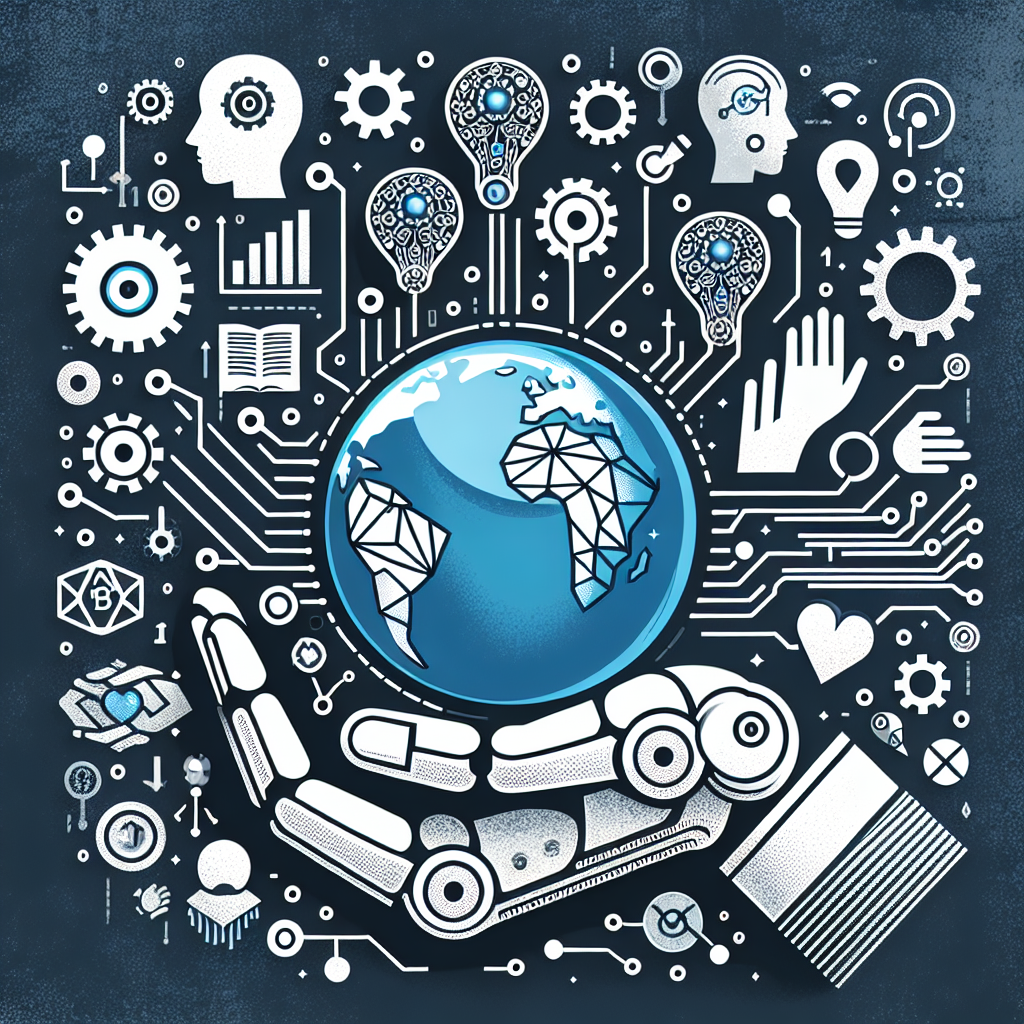Artificial Intelligence (AI) has the potential to revolutionize many aspects of society, including social services. AI technologies can help streamline processes, improve efficiency, and enhance decision-making in areas such as healthcare, education, and welfare. However, there are also risks associated with the use of AI in social services, particularly when it comes to vulnerable populations.
Vulnerable populations, such as low-income individuals, people with disabilities, and marginalized communities, are often the most in need of social services. These populations may face barriers to accessing services, such as lack of resources, discrimination, or limited mobility. AI has the potential to exacerbate these barriers and create new challenges for vulnerable populations.
One of the main risks of AI in social services is the potential for bias and discrimination. AI algorithms are trained on data that may reflect existing biases and inequalities in society. This can result in AI systems that perpetuate and even amplify these biases, leading to unfair treatment of vulnerable populations. For example, a predictive algorithm used to assess the risk of child abuse may disproportionately target low-income families or families of color, based on historical data that reflects systemic biases in the child welfare system.
Another risk of AI in social services is the lack of transparency and accountability. AI systems are often complex and opaque, making it difficult to understand how decisions are made and to hold responsible parties accountable for errors or biases. This lack of transparency can erode trust in social services and undermine the rights of vulnerable populations to due process and redress.
Furthermore, the use of AI in social services can raise privacy concerns. AI systems may collect and analyze large amounts of personal data, such as medical records, financial information, or social media activity. This data can be used to make decisions about individuals’ eligibility for services, their risk of harm, or their level of need. However, there is a risk that this data may be misused or shared without consent, leading to breaches of privacy and confidentiality for vulnerable populations.
In addition, the reliance on AI in social services can also pose a risk to job security and human touch in service delivery. AI technologies may automate tasks traditionally performed by social workers, case managers, or other frontline staff, leading to job displacement and a loss of personalized care for vulnerable populations. While AI can help increase efficiency and reach more people in need, it is important to strike a balance between automation and human interaction to ensure that vulnerable populations receive the support and assistance they require.
To address these risks, it is crucial for policymakers, practitioners, and technology developers to consider the ethical implications of AI in social services and to prioritize the well-being and rights of vulnerable populations. This may involve establishing guidelines for the responsible use of AI, ensuring transparency and accountability in decision-making processes, and promoting diversity and inclusion in the design and deployment of AI systems.
Frequently Asked Questions (FAQs)
Q: How can AI be used to improve social services for vulnerable populations?
A: AI can help streamline processes, improve efficiency, and enhance decision-making in social services. For example, AI algorithms can be used to identify patterns in data that may indicate risk factors for vulnerable populations, such as child abuse or homelessness. This information can help social workers and case managers prioritize their resources and interventions to better support those in need.
Q: What are some examples of bias and discrimination in AI systems used in social services?
A: One example of bias in AI systems used in social services is the use of predictive algorithms to assess the risk of child abuse. These algorithms may disproportionately target low-income families or families of color, based on historical data that reflects systemic biases in the child welfare system. This can lead to unfair treatment and increased surveillance of vulnerable populations.
Q: How can policymakers and practitioners address the risks of AI in social services?
A: Policymakers and practitioners can address the risks of AI in social services by establishing guidelines for the responsible use of AI, ensuring transparency and accountability in decision-making processes, and promoting diversity and inclusion in the design and deployment of AI systems. It is important to prioritize the well-being and rights of vulnerable populations when implementing AI technologies in social services.
Q: What are some potential benefits of using AI in social services for vulnerable populations?
A: Some potential benefits of using AI in social services for vulnerable populations include increased efficiency, improved decision-making, and expanded access to services. AI technologies can help reach more people in need, identify risk factors early, and tailor interventions to meet the specific needs of individuals and communities. However, it is important to consider the ethical implications and potential risks of using AI in social services for vulnerable populations.

